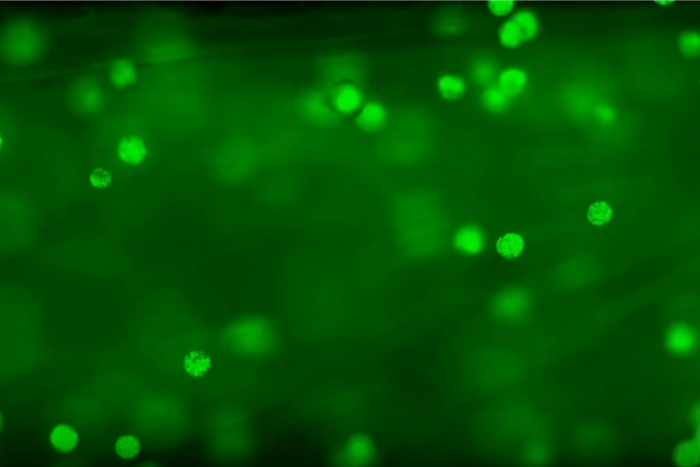New research led by the University of Liverpool in collaboration with the University of New South Wales (Sydney, Australia) provides a significant step forward in understanding the micro-scale mechanisms that govern the behavior of soft materials.

Image Credit: University of Liverpool
Soft materials are a type of material that can be easily bent, compressed, or indented with minimal force. They are widely used in everyday items such as toothpaste and lotions, and play critical roles in fields like food science, biomedical applications, textiles, and industrial processes, including 3D printing and battery manufacturing.
In a new study published in the Journal of Colloid and Interface Science, researchers have, for the first time, directly mapped what happens inside liquid crystals (a particular type of soft material) when they are deformed.
The research team used advanced techniques to visualize how these materials respond at the microscopic level to various types of stress and strain. Their findings challenge long-standing assumptions about how easily the internal behavior of soft materials can be detected with traditional measurements, providing valuable insights for improving manufacturing and processing techniques.
Rheo-microscopy was used to track and quantify dynamic structural changes in soft materials in real time. This method allowed them to distinguish between solid-like and fluid-like behaviours occurring simultaneously within the same material.
Dr Esther García-Tuñón, Senior Lecturer in Materials Science and Engineering and UKRI Future Leaders Fellow, led the research. She said: “This is the first study to directly map heterogeneous flows and internal structures in a liquid crystal like this. Until now, most studies relied on bulk mechanical measurements and scattering techniques, which have important limitations. Our method offers a more accessible and detailed way to understand what’s happening inside.”
One of the study’s key breakthroughs was observing how structural transitions inside the material correlated not with smooth, idealized flow—as previously assumed—but with localized fracture events. These insights provide a foundation for more accurate computational models and have implications for the shelf life, mixing, and extrusion processes of soft materials.
Dr García-Tuñón is a leading researcher in advanced materials processing and complex fluids working at the interface between Chemical Engineering and Materials Science. This study draws on her expertise in chemistry and engineering and her roles with the University of Liverpool’s Materials Innovation Factory and the Virtual Advanced Rheometry Centre in the School of Engineering.
Video Footage:
You can watch video footage from the experiments showing heterogeneous flow instabilities and structural changes in a liquid crystal in real time: https://www.sciencedirect.com/science/article/pii/S0021979725016170#se0230